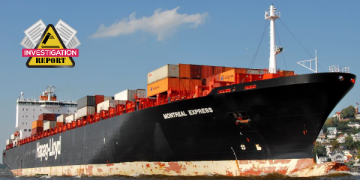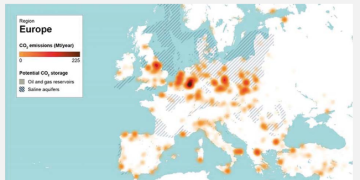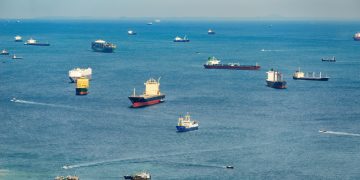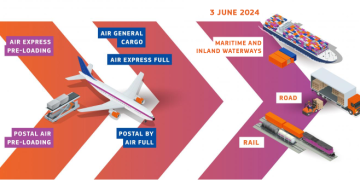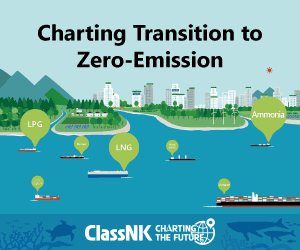Feadship recently completed the first sea trial of gas-to-liquids synthetic diesel onboard Feadship Kiss. Gas-to-liquids (GTL) synthetic diesel, developed by Shell, proved to be a highly suitable energy carrier for the combined reformer/fuel cell installation envisioned for the year 2020. Shell’s large GTL facility in Qatar only started production in 2011, and pure GTL diesel fuel has only recently become available on the market. The Netherlands is a pioneer in this respect, and is leading the way with a worldwide introduction. The characteristics that make GTL an interesting option for conventional combustion engines originate in the way it is produced. Natural gas is broken down into syngas, from which all different GTL products are synthesised. As syngas contains very few contaminants, the resulting fuel is pure in its composition – free from sulphur, for instance – and gives a highly controllable burn. Another interesting factor is that syngas can also be generated by gasifying biomass, allowing for an operation that is close to CO2 neutral. An R&D project was set up on the recently launched Kiss to explore the possibility of switching to GTL as the fuel for all Feadship sea trials. One of the generators was run on GTL and ...
Read more






